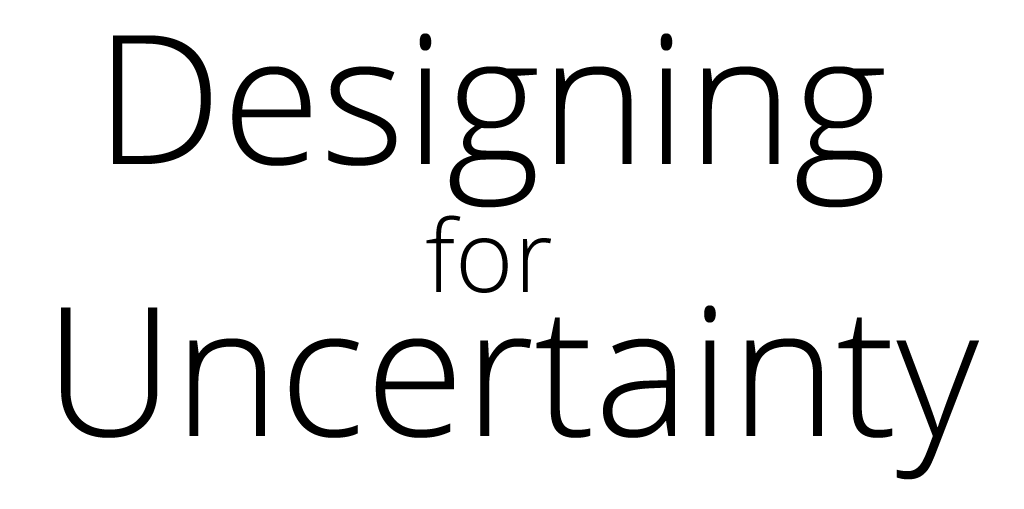
Watch more How to Have a Career in Graphic Design videos: http://www.howcast.com/videos/509231-A-Day-in-the-Life-of-a-Graphic-Designer-Graphic-Design
So a day in the life of a designer or even an art director or even a creative director; what does that look like? Whether you’re a freelancer that’s traveling from different agencies or whether you’re an independent contractor that’s at home and you set your own schedule, or whether you are being managed by a multitude of people and you’re a production designer, every day looks different, no matter what job you do.
You may be working on one project for three days in a row or maybe even a month in row, or you may be working on nothing for a week if you’re an independent contractor, and you’re wondering “Where’s my next dollar going to come from?” The feast of famine. The way that my day works is very… It goes all over the place. Because I have a lot of clients on the West Coast, I don’t get up until 11:00, so I usually get up and then I check my to-do list for the day, that I usually set the day before.
Then I’ll check base camp to see if there’s any pressing to-do list items for me. I’ll check email and try to do an inbox zero. I only try to check my email twice a day. I think that’s important for anybody, whether you’re in the office or out, to cut down on the amount of distractions that you can. Because those that are in the creative field are more prone to have problems with attention, so you have to make sure that you set these systems in place to have a day that’s a little structured.
Days of designers are not really structured at all and it can be very taxing, but also very exciting if you don’t like mundane, and then also, if you’re an independent contractor you have to find your own clients. You have to figure out what type of campaign am I going to do today or what networking event am I going to do today? Who am I going to meet? What am I going to say? What work am I going to work on? So it’s really up in the air as to how each part of your day will go, but it’s always an exciting one and at the end of it, you still feel like you haven’t done enough.
The part that I really hone in on the most, is project and time management. Because our brains are wired in a couple different ways. One, you can’t do two things at once, you can’t multitask. No matter how many times we can convince ourselves that we can, we can’t. Then the second thing is that even though you may like to do something different every day, your brain craves structure. So it’s one of those things where “Okay, I have to decide what days do I want to do this? What days am I going to look for clients? What days am I going to actually do work?”
One of the things that I had to figure out was how much money do I need to make in a month and how many hours does it take for me to do that? Once I came up with that magic number – let’s say it’s four hours a day, four days a week, so that leaves a lot of time to do a whole lot of other stuff that could get me clients. That I could use to get myself more organized. I could become more healthy. I could become more social.
So I use a lot of different tools to make sure that I’m spending the right amount of time on certain things. I use Harvest as a time tracking tool, which also allows me to bill my clients straight from the platform. I use AnyDO, which is on Android and iPhone and a Google Chrome extension, that allows you to make a to-do list for today, tomorrow, this week and later. So it allows you to put it in four different areas, so as to not fill up a whole year of things that you need to do, because you can easily become overwhelmed.
Another good thing to know about the brain, that’s taken from the GTD method on getting things done, is that your brain needs to empty itself out often. So even if you’re not going to do it today, let’s say “Oh, no I really want to make a T-shirt that says ‘Smart Guy’ on it, so I’m going to write that down. So that my brain isn’t thinking about what that T-shirt’s going to look like.” So there’s different tools and methods and again everything works differently on everyone.
But once you find that sweet spot; and it’s not going to be overnight and it probably won’t even be a year; you’re going to be continually changing, but you just have to be patient with yourself and then also appreciate, like the project management process and time management process of others that are like you in your community.
